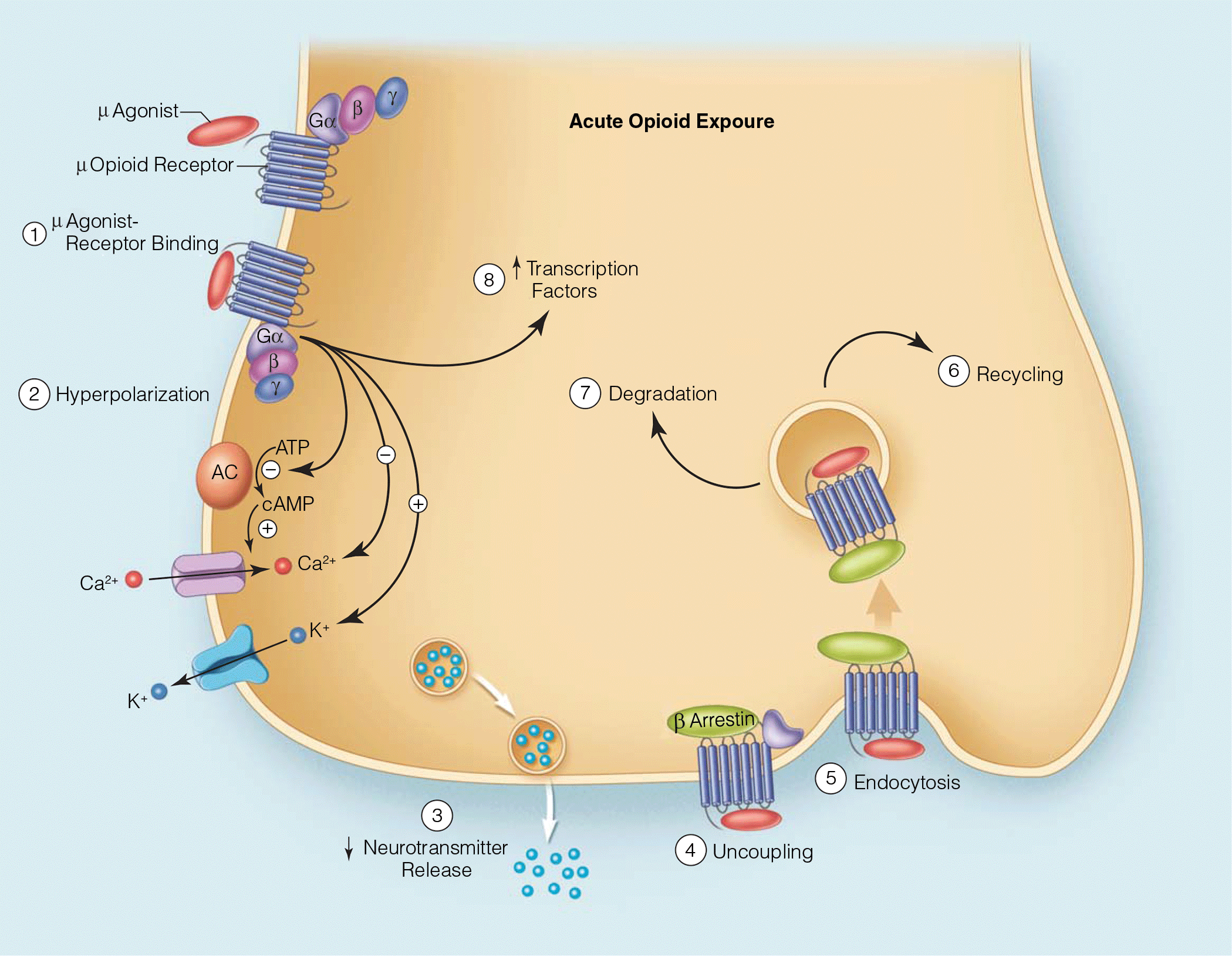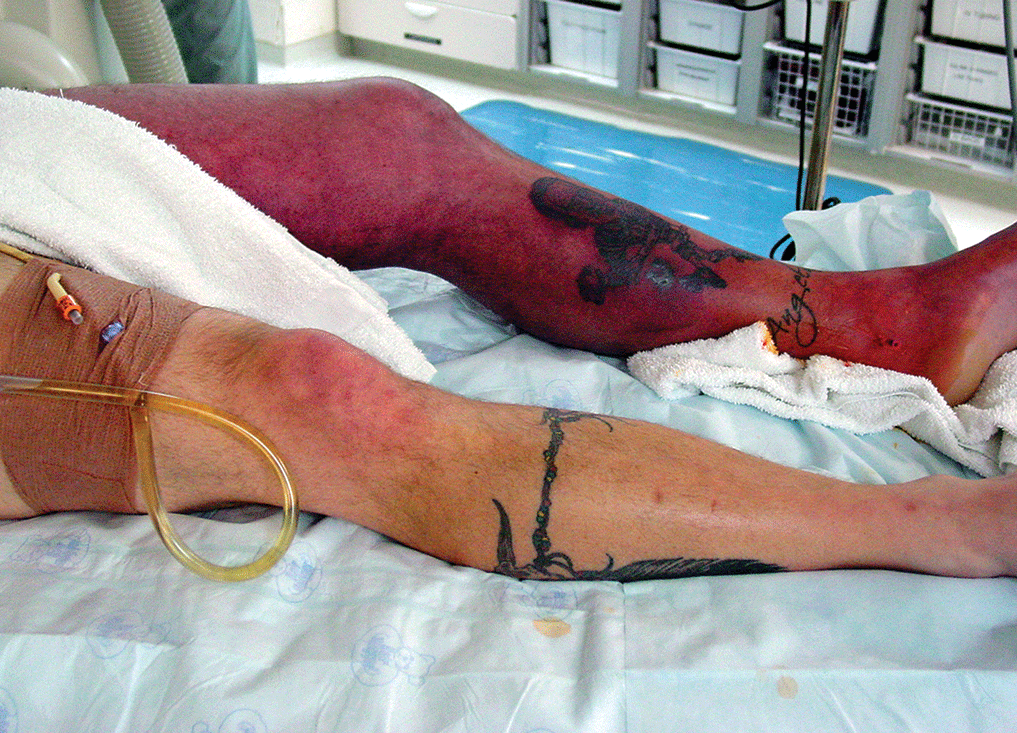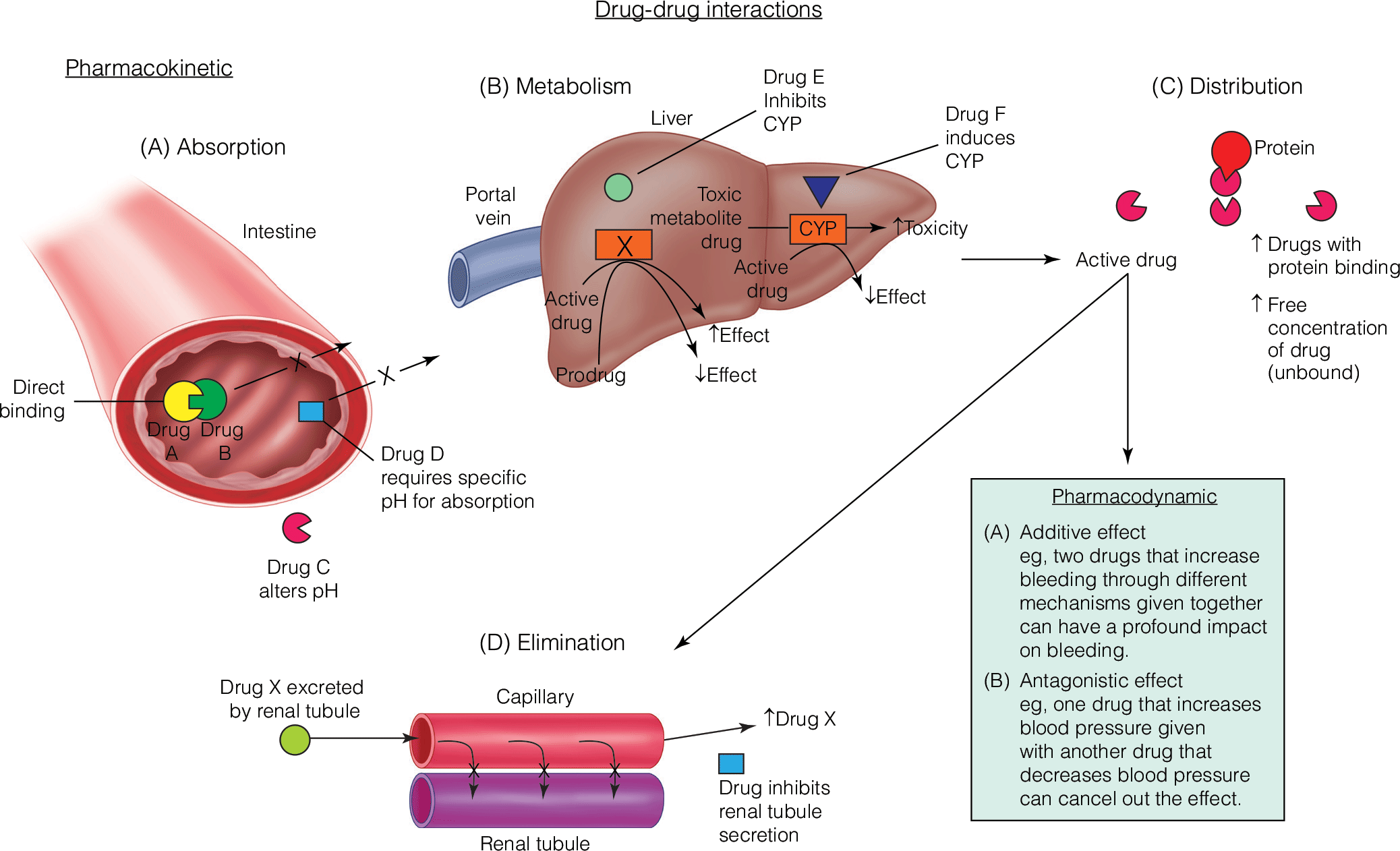Iatrogenic Withdrawal Syndromes in Children: A Review of Sedative and Analgesic Weaning
- Many iatrogenic withdrawal syndromes have been identified, the most common of which is opioid or benzodiazepine withdrawal. Generally speaking, the approach to treating opioid and/or benzodiazepine withdrawal is to provide enough medication to saturate target receptors, followed by a period of gradual dose reduction to allow the body to return to a state of homeostasis.
- The Neonatal Abstinence Score (NAS) was designed to assess withdrawal symptoms in infants with multiple drug exposure during pregnancy. Because the NAS was validated in infants, it is not applicable in older children with iatrogenic withdrawal. In recent years, withdrawal assessment tools for pediatrics have been developed for iatrogenic withdrawal to provide an objective assessment of withdrawal.
- There have been no randomized clinical trials that have compared the efficacy of various weaning strategies. However, a recent multicenter clinical trial, named the RESTORE trial, examined the effects of a standardized sedation protocol in pediatric intensive care units.






.png)







